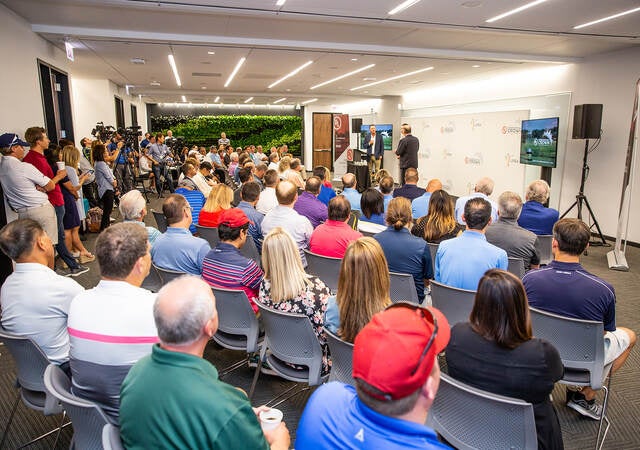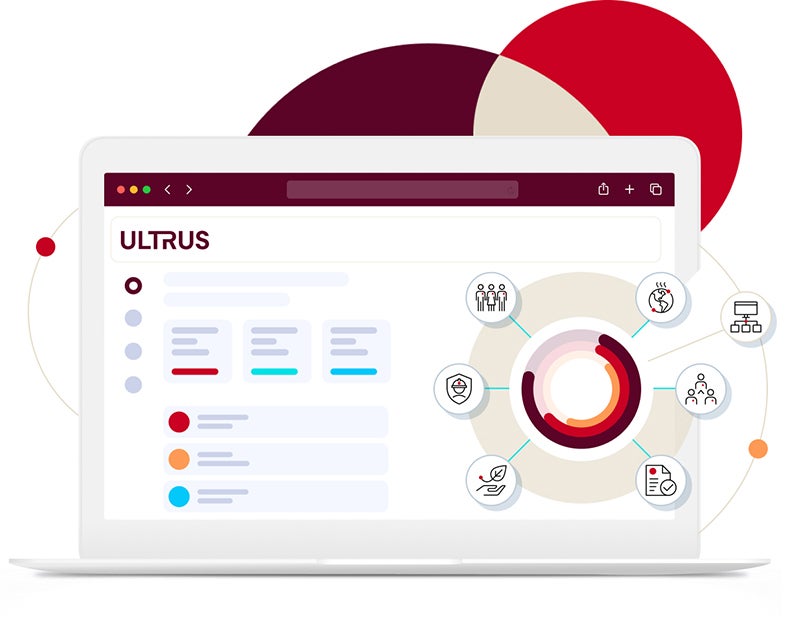- Certification
- Testing
- Additional Services
-
Service Portfolios
- Brand Risk Management
- Chemical Data Management
- Corporate Social Responsibility
- Cybersecurity
- Environmental Health and Safety
- Fire Safety
- Functional Safety
- Global Market Access
- Hazardous Locations
- Safe, Smart and Sustainable Buildings
- Supply Chain and Product Stewardship
- Sustainability and Environment
Navigate your business in an increasingly complex world with industry-leading research and actionable insights from UL Solutions.

Explore our press releases and news updates. Delve into detailed press kits for information on our work. If it’s UL Solutions and newsworthy, it’s here.

Connect with us in person or online, around the globe. We’re everywhere your business needs us to be.

As a global safety science leader, UL Solutions helps companies to demonstrate safety, enhance sustainability, strengthen security, deliver quality, manage risk and achieve regulatory compliance.
See how we put safety science to work to help create a safer, more secure and sustainable world for you.
Explore our business intelligence-building digital tools and databases, search for help, review our business information, or share your concerns and questions.
Accelerate your planning process and learn the requirements needed to take your products to market worldwide.
A secure, online source for increased visibility into your UL Solutions project files, product information, documents, samples and services.
Access UL certification data on products, components and systems, identify alternatives and view guide information with Product iQ.
- Software and Products

Introducing ULTRUS™
ULTRUS™ helps companies work smarter and win more with powerful software to manage regulatory, supply chain and sustainability challenges.
Featured Products
-
Computer and Hardware Performance Benchmarking
Consistent performance benchmarking testing capabilities for professional PC users. -
ESG Management
Award-winning software and advisory services for ESG management and reporting. -
Supply Chain Transparency
Secure digital platforms enabling product and material data collection to increase supply chain transparency and informed business decisions.

News
Read the latest news about our efforts to help make the world safer, more secure and more sustainable.
Contact our media team










